A 1,700-year-old Artifact Was Discovered In Egypt Which Revealed Some Astonishing Facts About Its Past
Ancient civilizations belonging to Egypt left behind several unsolved mysteries that are still baffling the scientists even today. There have been countless numbers of incidents where the researchers have found some incredible pieces from the past but, this time it was something else entirely that changed everything about the past we knew of. Egypt is one of the most mysterious places in the world that has been astonishing the researchers from a very long time and continue to do so. Let’s see what this team of researchers discovered in the mystical land of Egypt that made the news all over the world. Just wait and you’ll see why are even talking about it because this was something that has never been discovered ever before.
The Beginning…
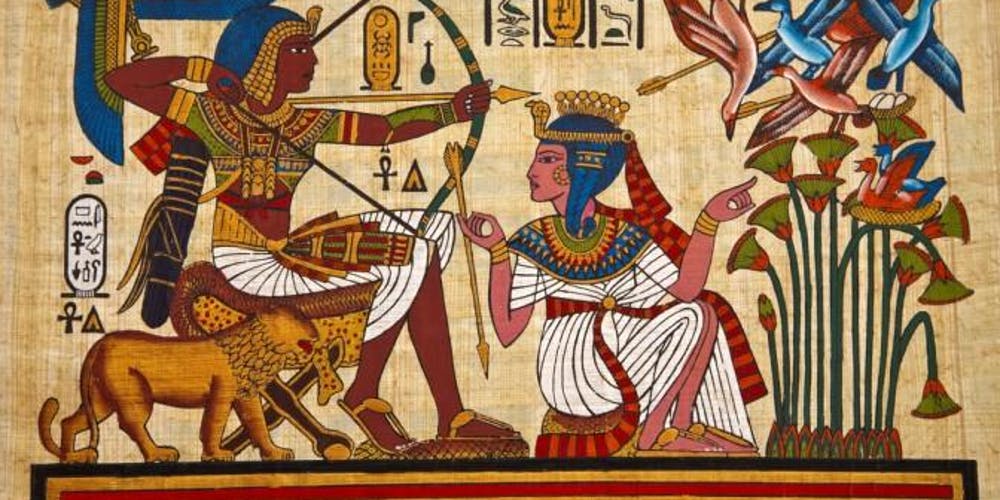
The Egyptians have left behind numerous treasures, but it was this one discovery that changed everything about the world about which we thought we knew everything about. This discovery was an eye-opener for many scholars who have been studying the Egyptian civilizations for so many years now. Everything was new which opened so many doors of so many rooms that were only filled with so many questions. But as the investigation proceeded they were able to answer not all but few. What was the discovery? You’ll find out soon…
What’s The Story?
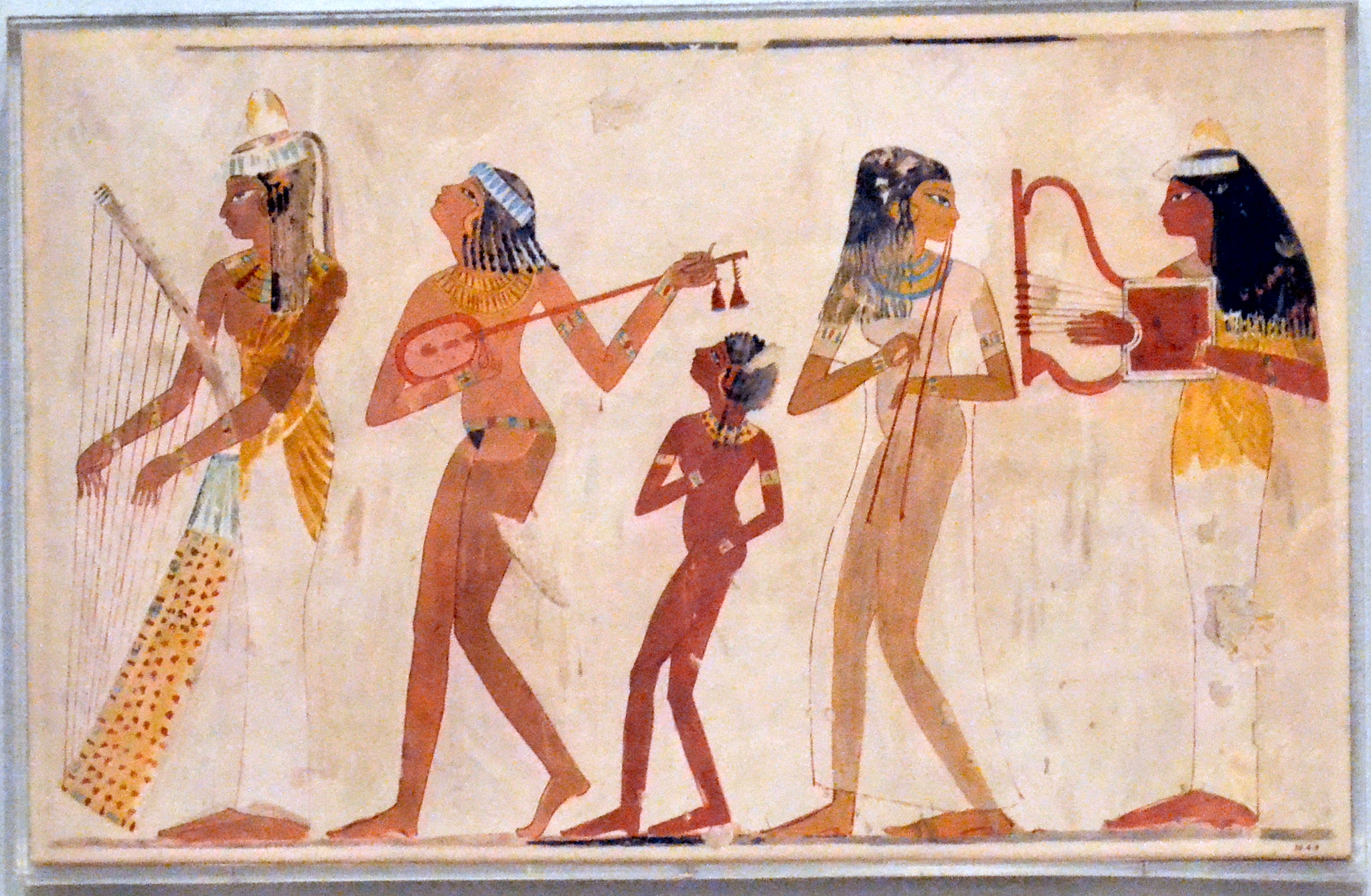
This little story is about a discovery that was found in an early-20th-century excavation took place in Antinoopolis that left everybody in awe. We all have read stories about the wonderful place Egypt and there have been times when we have come across stories about other findings that are very common in a place like this. Then what’s so special about this discovery? This thing which was found happened to be 1700-years-old and something like this hasn’t been found ever. This discovery was special in every sense. And you’ll be amazed to see what it was.
Old Egypt
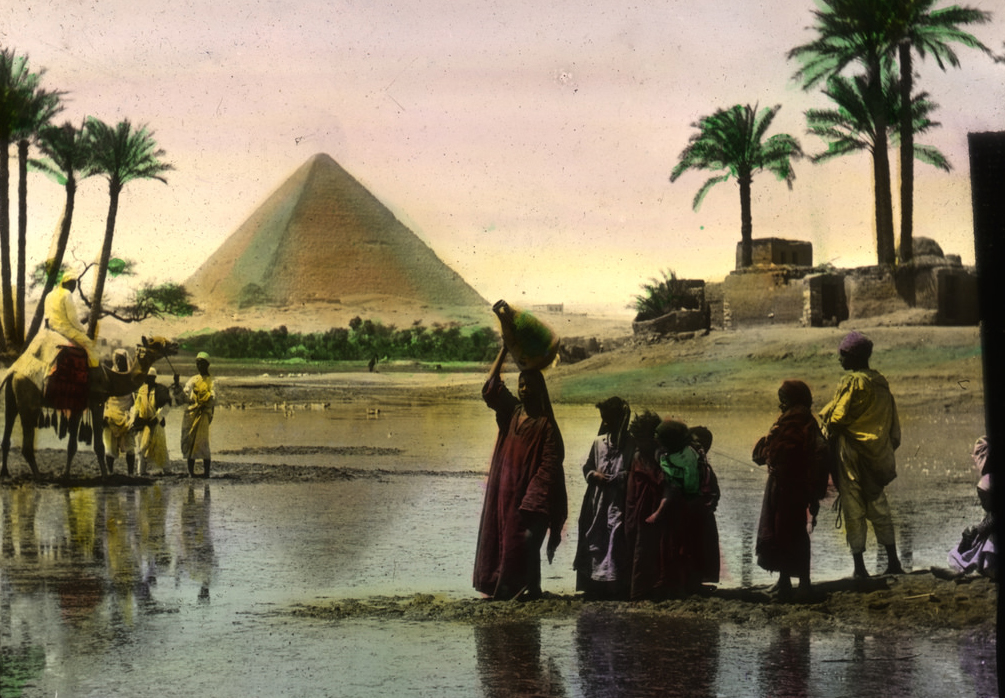
In the past, this ancient civilization started at around 3100 BC. From then onward it lasted until 646 BC. The Egyptians laid a very good foundation of their culture and civilization. With the proper use of their resources, the civilization grew up steadily and with time their lifestyle improved. They were smart people and knew how to use the available resources for their benefits.
Steady Civilization

The Egyptians began flourishing beside the areas of the Nile river which flooded the area giving the civilization an advantage to irrigate the crops and funnel the flooded waters which helped them in increasing the quality and quantity of the crop eventually helping them to survive in that area. And with time, the civilization was able to grow at a larger pace resulted in building a storied culture of their own. But what was discovered changed everything about civilization.
New Inventions

Egyptians also advanced when it came to the clothes they used to wear. However, one thing remained the same, just like for the productivity of their crops, they used the available materials and resources that were found around the area. Some of the tribes within the Egyptians wore animal skin whereas other tribes wore linen.
More About Them…
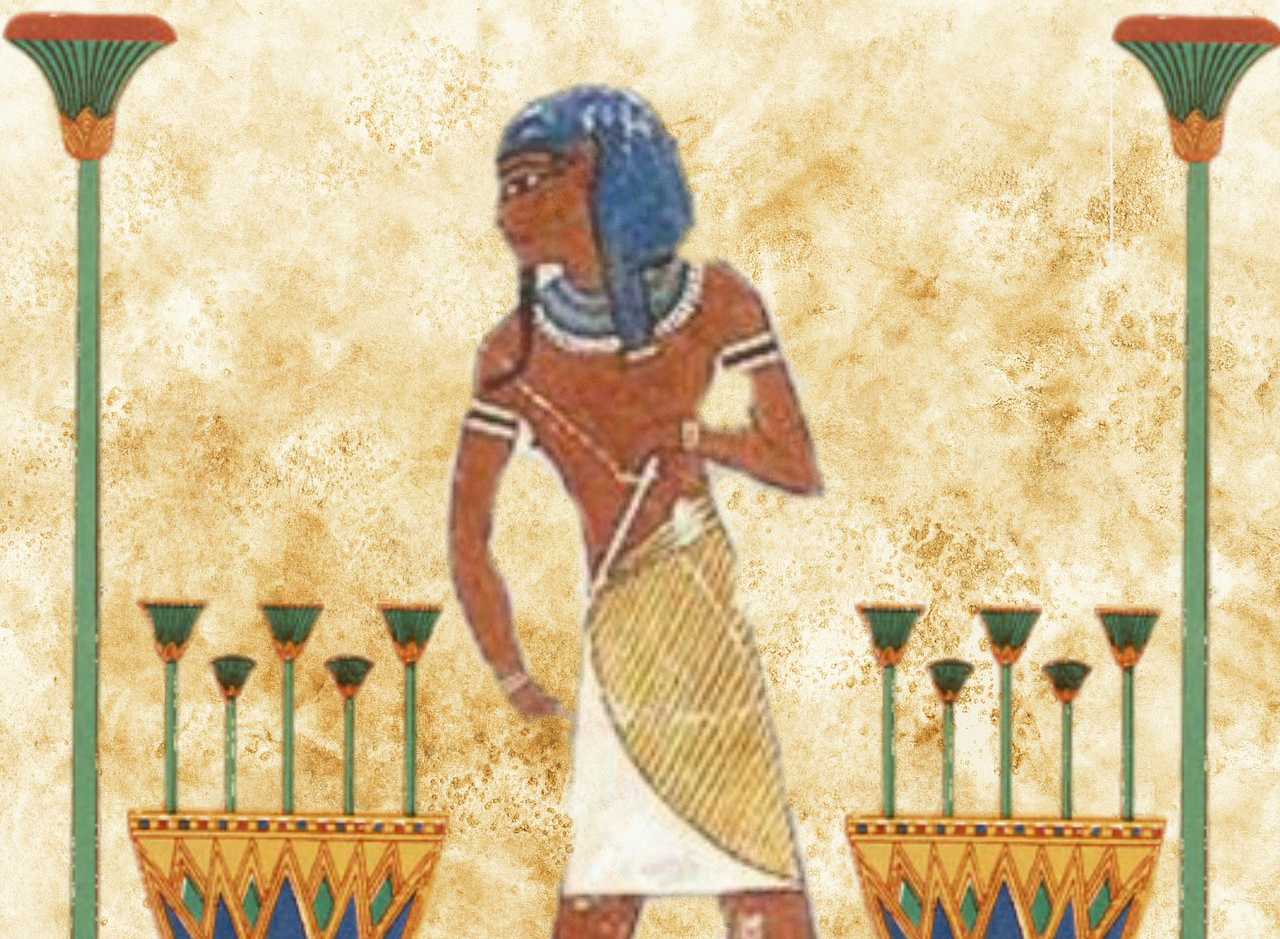
The Egyptians also grew flax which was used to create fibers. With that fiber, they made fiber threads, which they later used to weave and create cloth for their own use. Men and Women created their own clothes that were distinctive in their own way. The civilization was growing at a very fast pace and it was then things started to change for the Egyptian people. Many things were left behind and this discovery was one of them.
Their Way To Dress
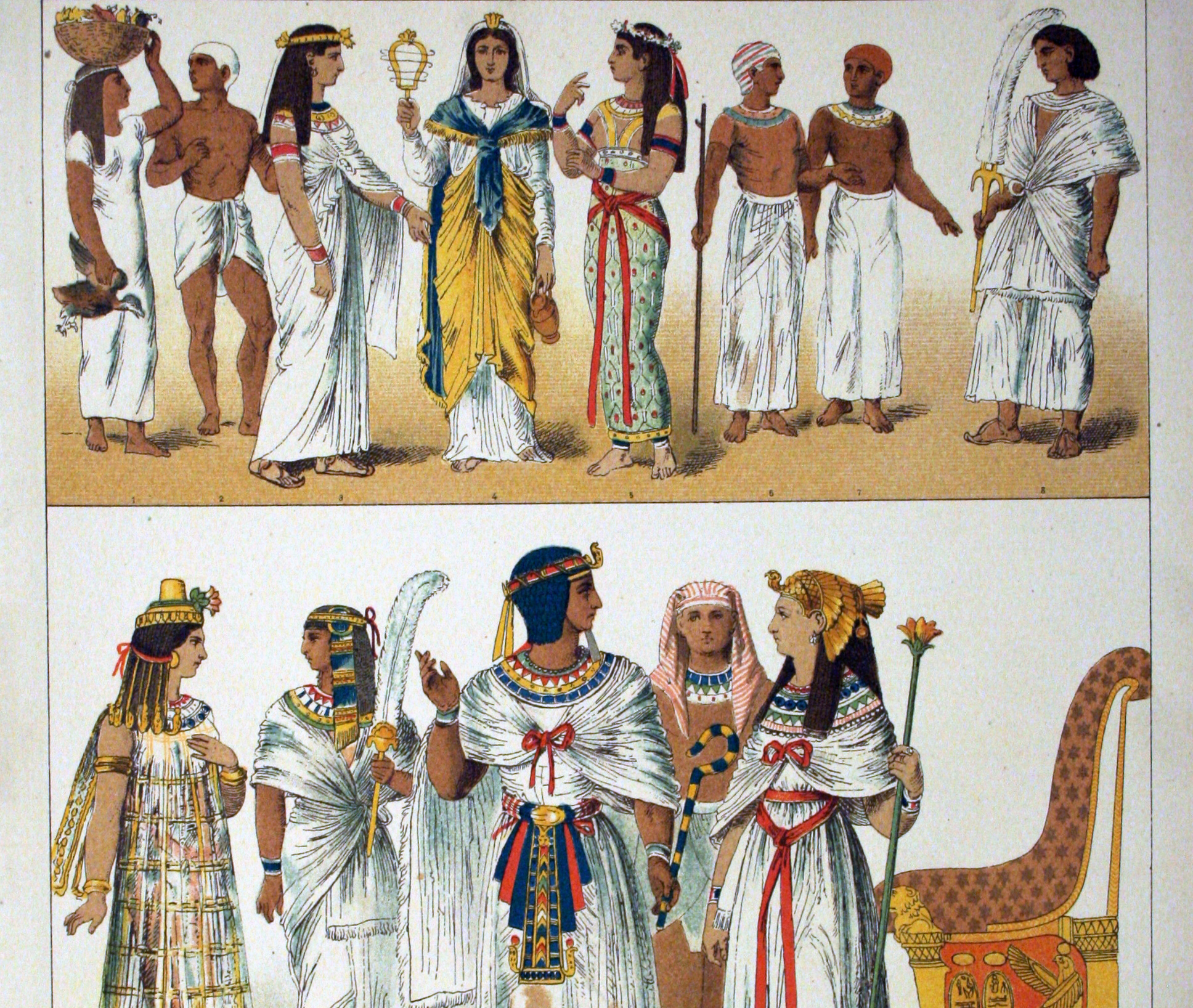
The ancient Egyptians had a very unique style of wearing clothes. Men donned skirts which they wrapped around their waist and used belts to hold them as we do to hold our pants or jeans. Over time, there were many changes they did to their skirts like lengthening it, shortening them, and even adding pleats. Rich men even gave it more knack – they layered it with jewelry, headdresses, and fabric-based additions over their skirts.
Women Wore Simple
Similarly, women’s wardrobes were not that flashy too. They wore long dresses, adding extra beauty to the dress with one or a pair of straps. Eventually, their dresses too became more creative, draping or pleating fabric were added to make it look like ornate garments. And just like men from a wealthy family, women have also spiced up their dresses with jewelry and other accessories.
Sign Of Status
Back in the days, the Egyptians considered jewelry as a sign of status. Only wealthy families were able to afford the ornaments made from precious materials. The jewelry was not only used to impress their neighbors, but they would also devote it to the gods to impress them by offering bracelets, necklaces, earrings, collars, pendants, and rings.
Most Surprising!

Not only the Egyptians dressed well or wore expensive jewelry, they even mixed their own make-up. Both men and women strengthened their eyes with black kohl liner. They used powered minerals to decorate the eyelids with green and blue tints. For transforming their hands and lips they relied on henna for that. But who would have thought that in future there would be this amazing discovery that would surprise the whole world?
The Chosen One
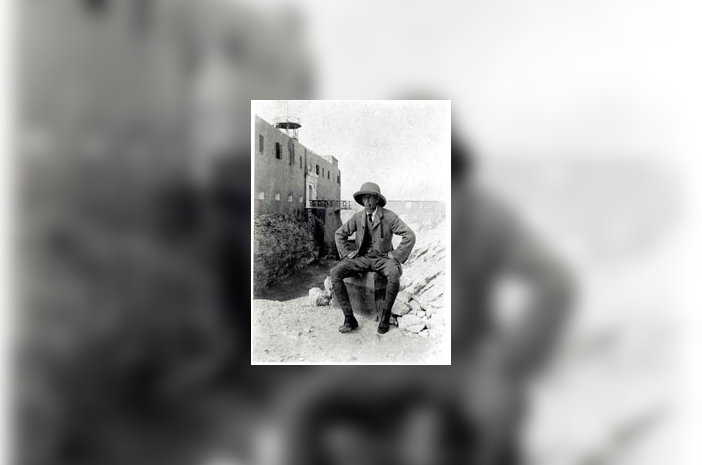
The man who was responsible for this amazing find was John De Monins Johnson.The main focus of his study was in papyrology, meaning the study of Egyptians’ writings. He was involved in every part of the study from literature to legal dealings. His career bloomed when he was in Antinoopolis. Excavating the site looking for something else but found something else that changed his life forever.
The Excavation Began
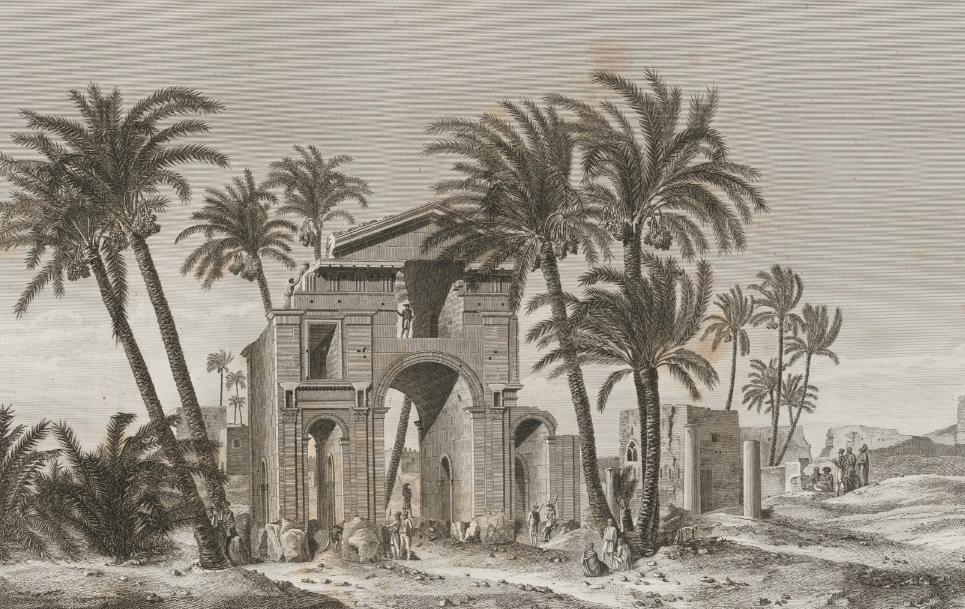
In the year, 1913 and 1914, John de Monins Johnson was excavating the city of Antinoopolis. Greek emperor Hadrian founded the city to remember his friend Antonius, who died after drowning in the Nile River. Johnson’s main focus was to dig up the site and find any hidden papyrus in the area. But then things didn’t remain the same.
More To The Investigation
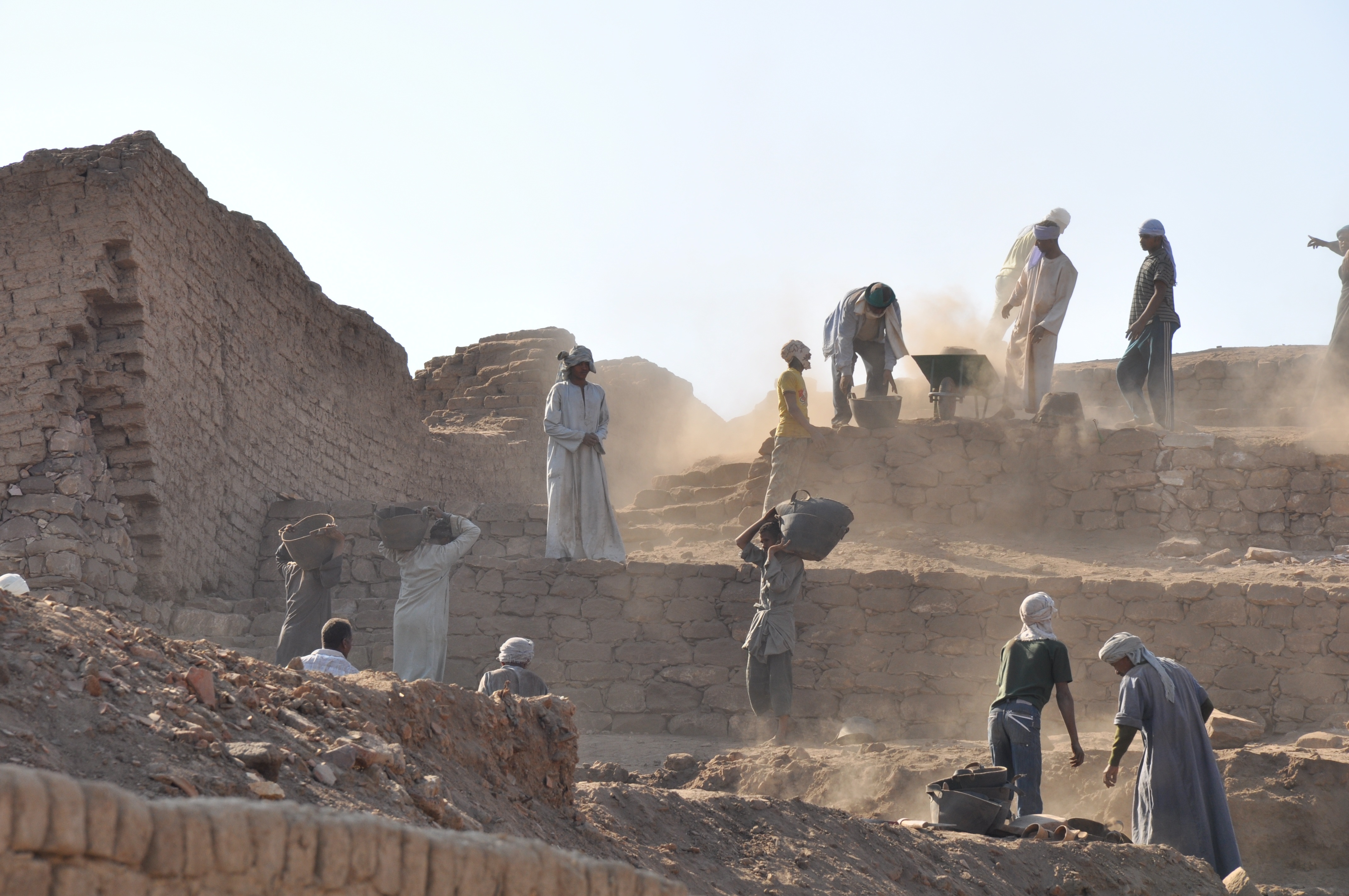
Papyrologist’s excavation was going brilliantly. de Monins Johnson excavation was giving him the exact thing he was looking for. His investigation helped him to publish a three-volume book called Antinoopolis Papyri. The book was released in the 1950s and 1960s. But his dig turned to be something else when he was able to discover amazing artifacts on top of the papyri.
Keep Searching

Excavating a site isn’t an easy task to do. There is a lot of work that goes into that. Johnson knew what he was doing would surely change his life and the past for everybody else. He decided to stay a little longer on the site because the first evidence he found made him a little confident about the area. He kept the investigation on. He was stunned to find so many things during the excavation but it was this one thing that stole the show.
Is That All?
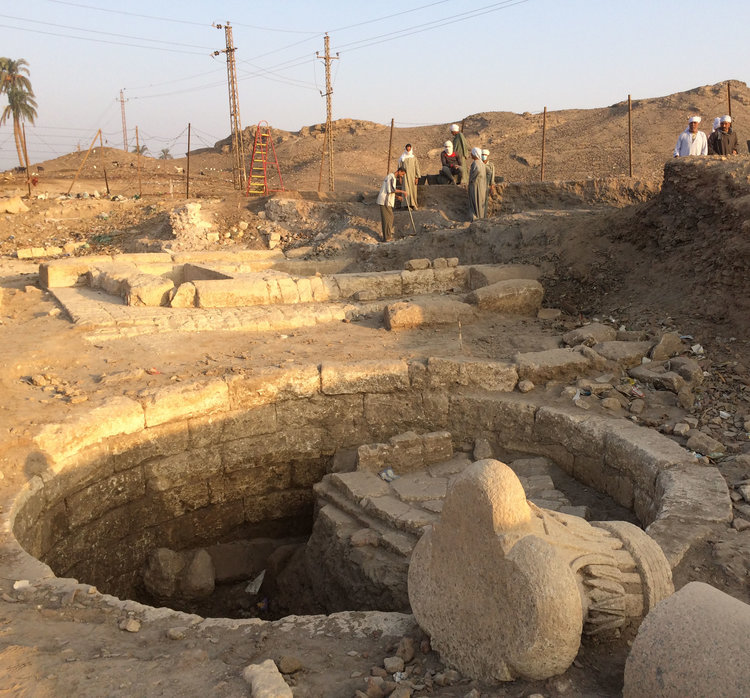
Along with the papyri, Johnson was lucky enough to find textiles, coins, shoes, and even wooden clapper. He thought it was all he would find but then he was taken aback with the discovery that was found after all these items were discovered. Who could have thought that his excavation would take an amazing turn and between everything he would be able to find the most amazing thing in the world. What’s that? You’ll find soon…
The Discovery
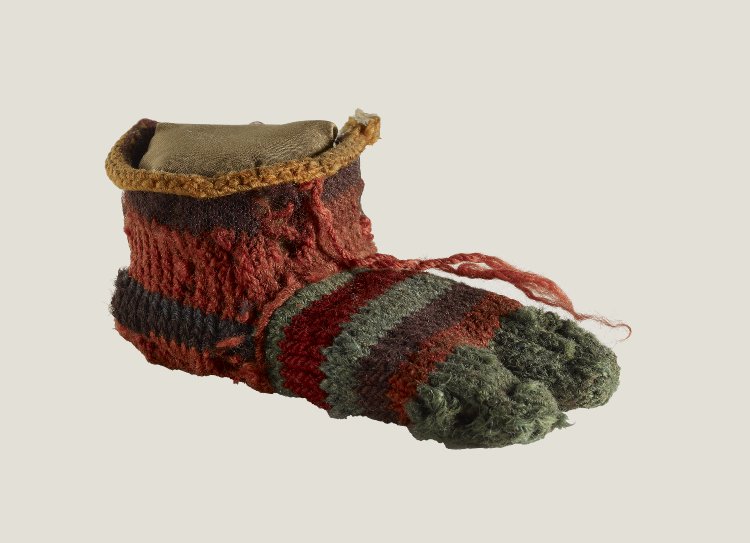
Johnson was able to find a lot of things but it was an ancient sock that made him want to know more about it. The thing is that there has been no evidence before about the fact that the Egyptians wore socks in the past, until now. But, in 2018, there was new information that the researchers were able to find about the sock that was discovered by Johnson.
New Information
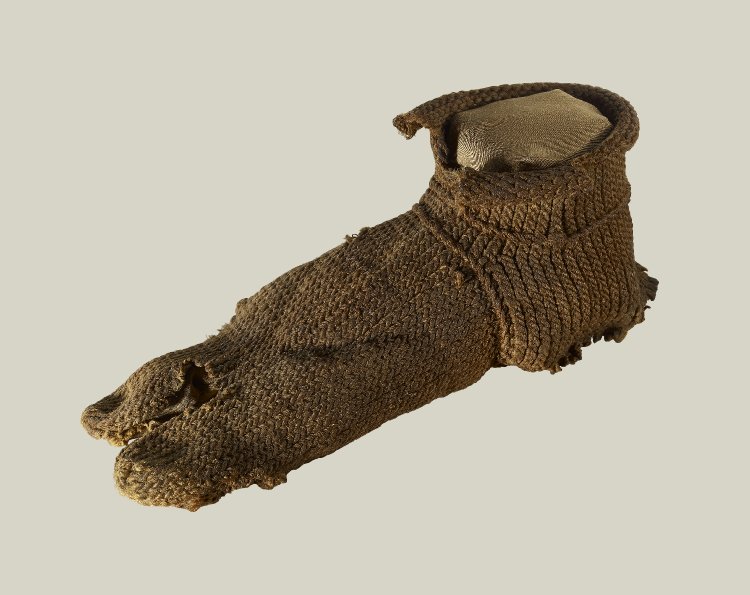
We now know that the Egyptians loved accessories and makeup. But the scholars believed that the people were barefoot but this discovery changed that theory for good. The researchers were able to find that they did use sandals when they had an important event to cover. And what’s amazing that they wore socks too.
The British Museum
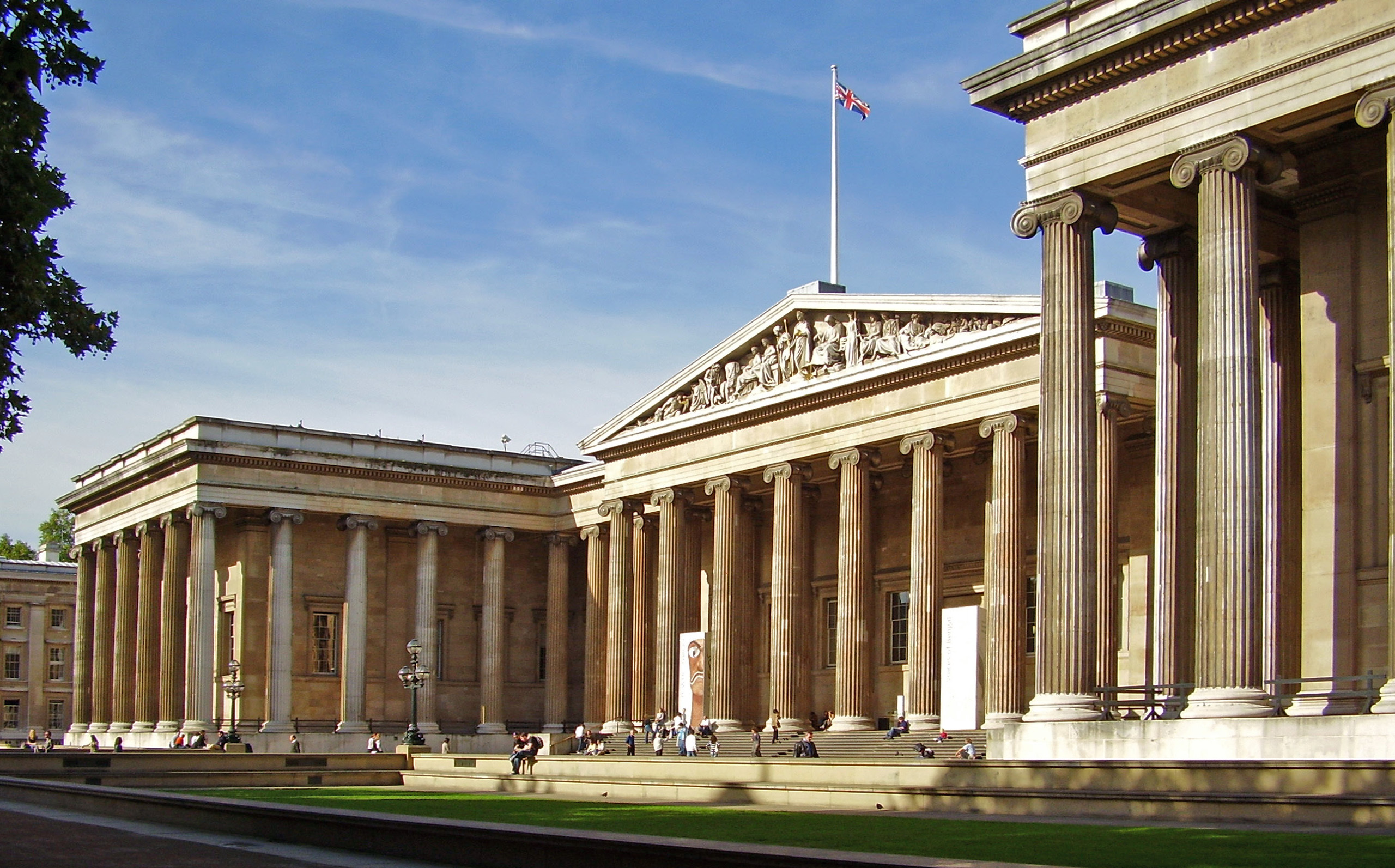
The sock which was discovered eventually landed at the British Museum in London, where it was kept under the category of Antinoopolis collection. In the year 2018, the team of researchers who were trying their best to figure out the sock and its age found out that someone in the past woven the wool sock around 300 AD, making it amazingly 1,700-years-old. But there was something else which researchers found out later.
Using The Advanced Technology
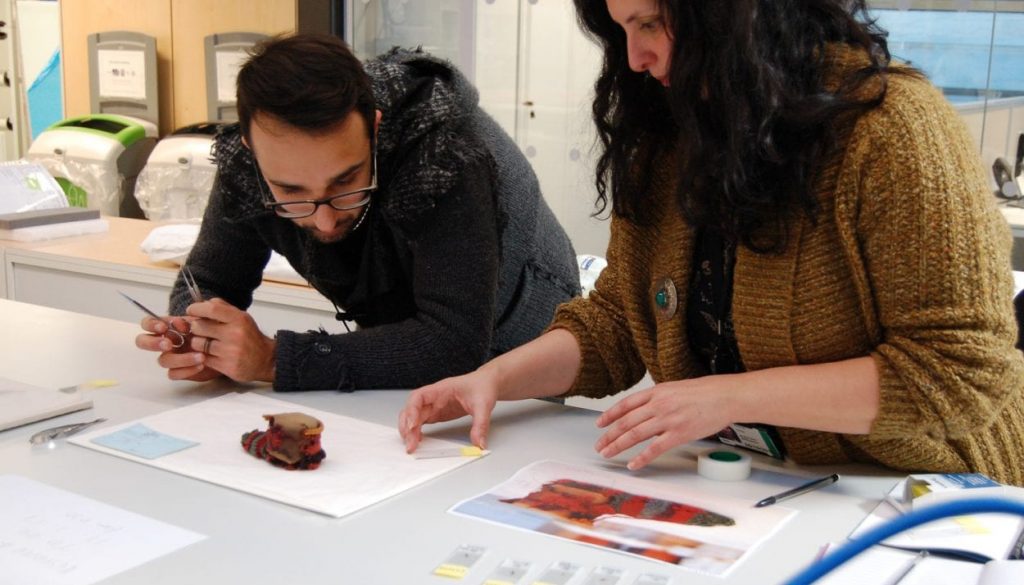
Today, we have some awesome technologies that helped the scientists to gather detailed new information about the sock. They used the technology called multi-spectral imaging where they use the electromagnetic spectrum where they collect the data after reading different wavelengths, that are not visible to the human eye. So what did they find?
The Latest Findings

Using the multi-spectral imaging the team was able to find the type of dye that was used to color the multi-hued sock. The ancient Egyptian used all-natural, plant-based dyes to color the clothes they wore back then. For example, to create the red pigments on the clothes they used madder root, and the same madder is still used today to fulfill the same purpose.
What More?
The ancient Egyptians were also able to discover the woad plant which helped them to dye fabrics blue. Though today, the woad is not being used because synthetic alternatives have taken their place. They also used weld plants to make yellow pigment. The same practice was used by the Romans which they often used in their sun-colored wedding clothes with weld installed in it.
Different Colors Idea
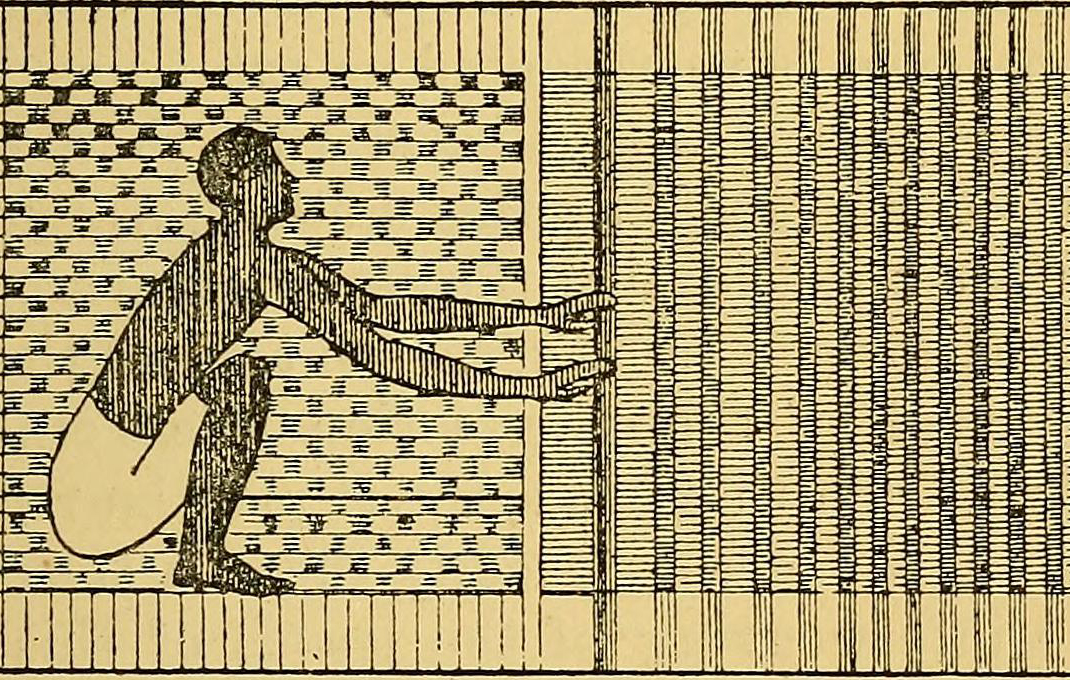 Not only the multi-spectral imaging was able to tell the British Museum’s scientists about the colors they used to dye the clothes, but they were also able to understand how the Egyptians dipped fibers into the dye to form different types of colors. The Egyptians weaving techniques was really amazing where they were able to create a rainbow effect on their clothes.
Not only the multi-spectral imaging was able to tell the British Museum’s scientists about the colors they used to dye the clothes, but they were also able to understand how the Egyptians dipped fibers into the dye to form different types of colors. The Egyptians weaving techniques was really amazing where they were able to create a rainbow effect on their clothes.
What About The Damage?
 And, surprisingly, the team was able to get all this information without damaging the ancient sock. Some years back, the researchers used the radiocarbon dating technology where they had to cut the cloth to read about its detail but, multi-spectral technology did everything without damaging the cloth.
And, surprisingly, the team was able to get all this information without damaging the ancient sock. Some years back, the researchers used the radiocarbon dating technology where they had to cut the cloth to read about its detail but, multi-spectral technology did everything without damaging the cloth.
The Scientists

Scientist Dr. Joanne Dyer was the one who came up with this brilliant idea while she was working in the British Museum’s Department of Scientific Research. In the interview with The Guardian, she said, “It was exciting to find that the different colored stripes found on the child’s sock were created using a combination of just three natural dyes.”
The Team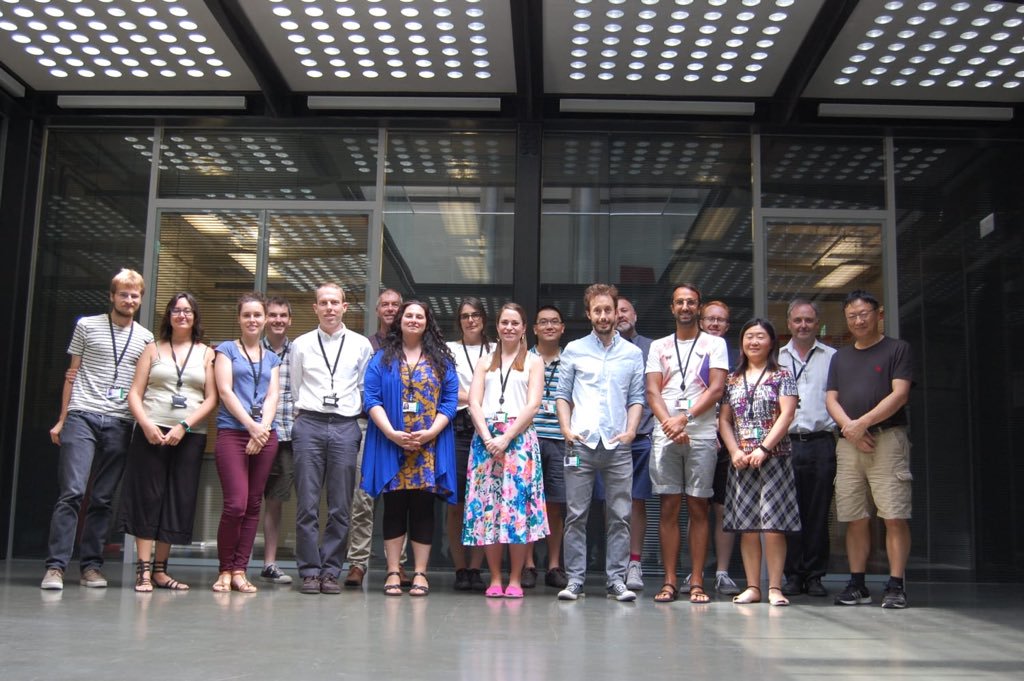
Dyer and her entire team told about their research in a journal called PLOS ONE. In the journal, they told about the garment’s unique shading and weaving techniques. The Egyptians used their natural dying techniques to create pigments of red, yellow, and blue to create the primary colors, and the also created orange, purple, and green colors.
The Sock’s Story
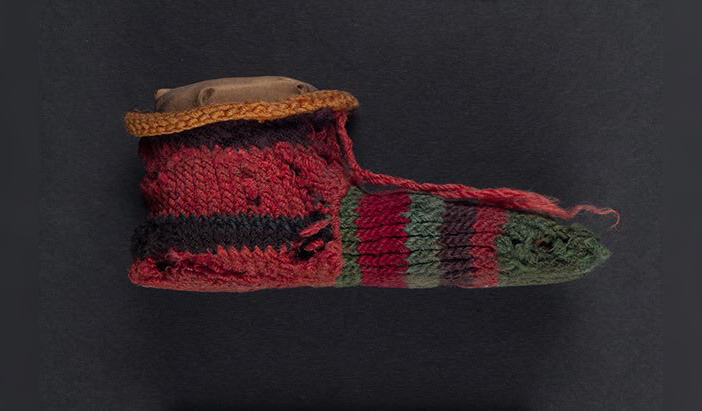 The British Museum also told about the sock’s purpose, “This sock was for the left foot of a child with separation between the big toe and four other toes.” The study revealed that the sock was prepared to be used when the person was wearing a sandal.
The British Museum also told about the sock’s purpose, “This sock was for the left foot of a child with separation between the big toe and four other toes.” The study revealed that the sock was prepared to be used when the person was wearing a sandal.
Unique Style
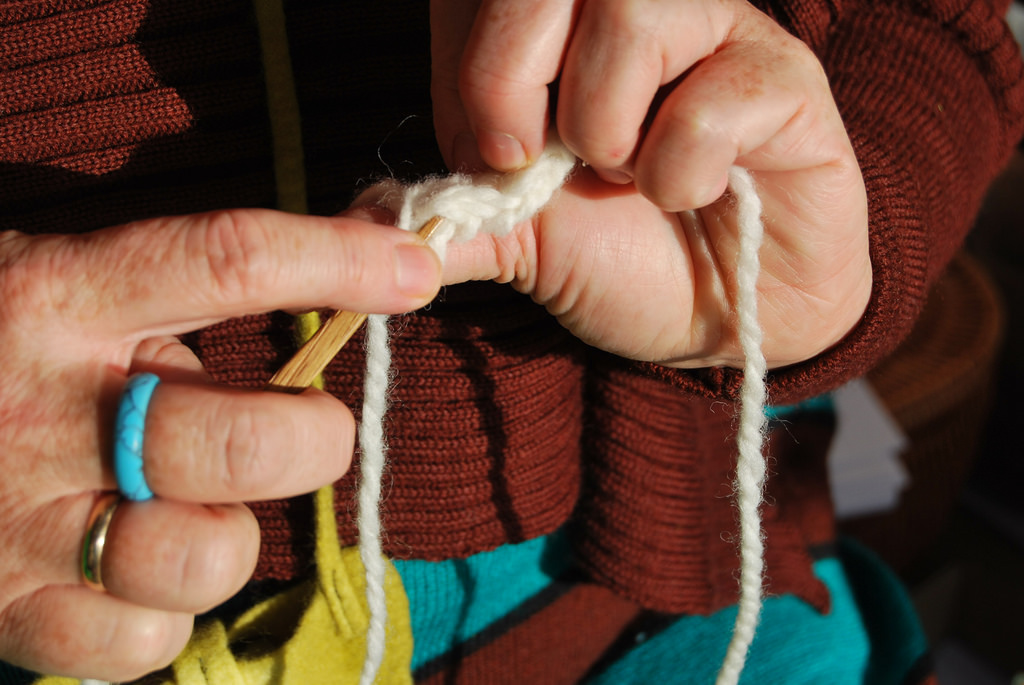 The Egyptians were able to create such a beautiful sock because of their unique style of knitting. “A single needle looping technique sometimes called nålbindning,” told the British Museum team. This method allowed the Egyptians to sew each toe separately, thus giving them enough space to fit inside the sandal.
The Egyptians were able to create such a beautiful sock because of their unique style of knitting. “A single needle looping technique sometimes called nålbindning,” told the British Museum team. This method allowed the Egyptians to sew each toe separately, thus giving them enough space to fit inside the sandal.
Mixture Of Everything
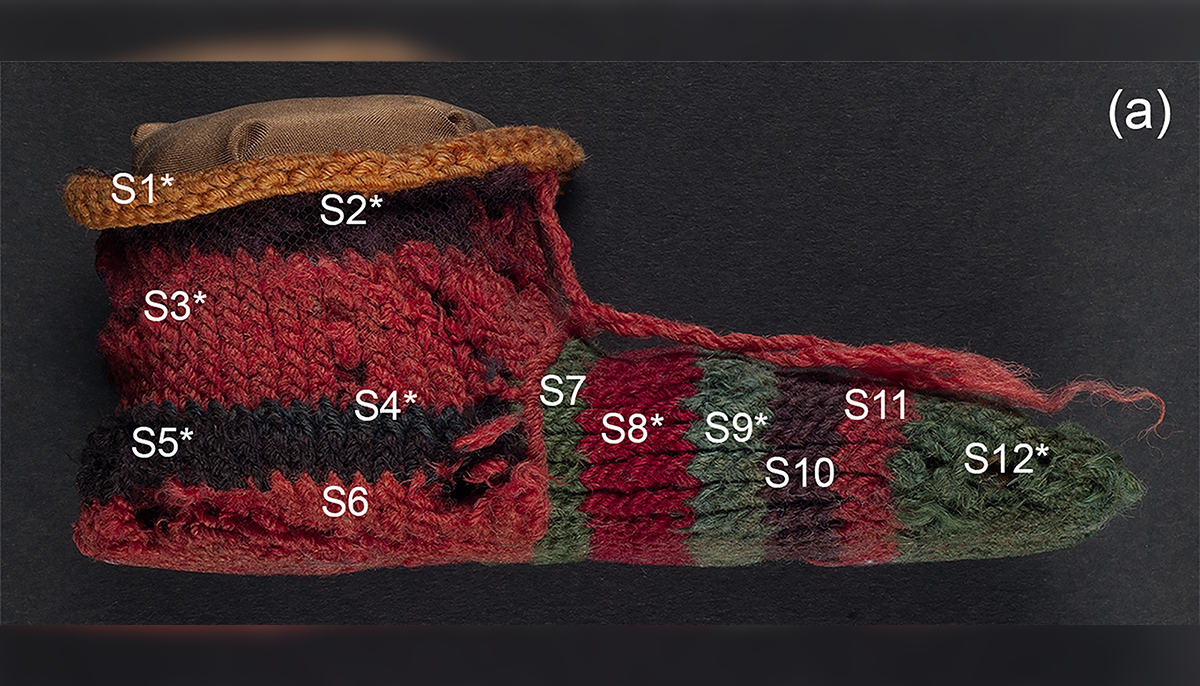 Although the knitter who created the sock made all the toes separately out of dark green yarn. Then the knitter, “join and work in bands of orange (four rows), purple (four rows), bluish-green (four rows), dark red (six rows), green (six rows),” said one of the scientists. Even the heel of the socks had multi-colored pattern was made of shades of dark blue and yellow as well.
Although the knitter who created the sock made all the toes separately out of dark green yarn. Then the knitter, “join and work in bands of orange (four rows), purple (four rows), bluish-green (four rows), dark red (six rows), green (six rows),” said one of the scientists. Even the heel of the socks had multi-colored pattern was made of shades of dark blue and yellow as well.
Importance Of The Research
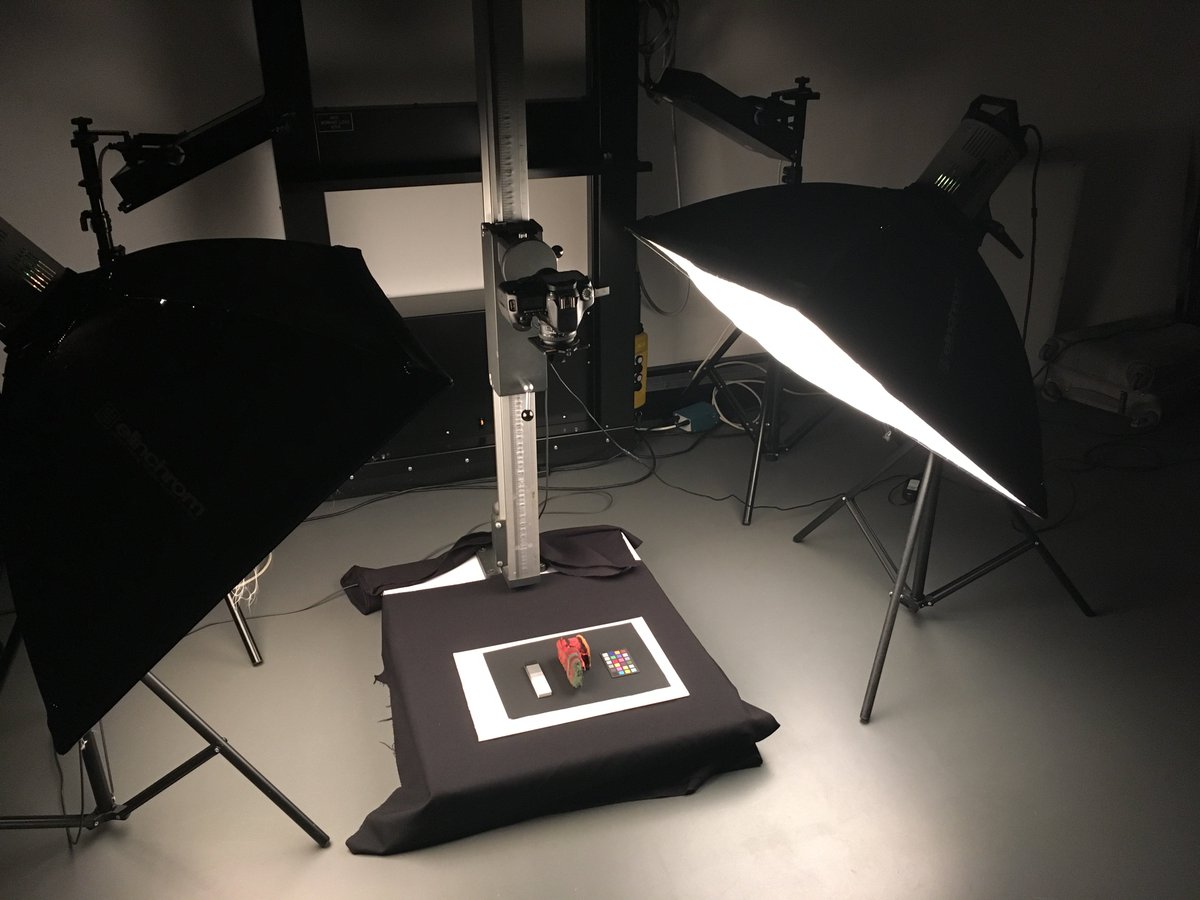 The research didn’t just tell us about the garment, but according to Dr. Dyer’s imaging technique which made sure that no harm is done to this precious discovery which was also bot less cheap and intensive than the techniques they used before. “Previously, you would have to take a small piece of material, from different areas,” she told to The Guardian.
The research didn’t just tell us about the garment, but according to Dr. Dyer’s imaging technique which made sure that no harm is done to this precious discovery which was also bot less cheap and intensive than the techniques they used before. “Previously, you would have to take a small piece of material, from different areas,” she told to The Guardian.
More About The Research
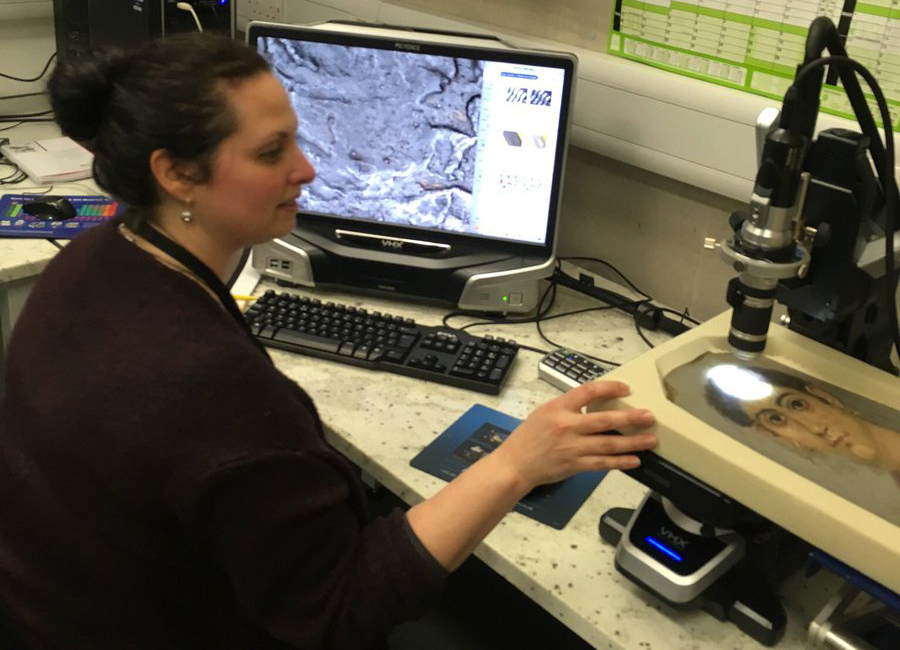
“And this sock is from 300 A.D. It’s tiny, it’s fragile, and you would have to physically destroy part of this object. Whereas with both the multi spectral imaging and other techniques, you have a very good preliminary indication of what these could be,” Dr. Dyer added further.
Truly, this unique discovery has shown the Egyptians in a new light. They were able to use the techniques which we thought were invented by us.

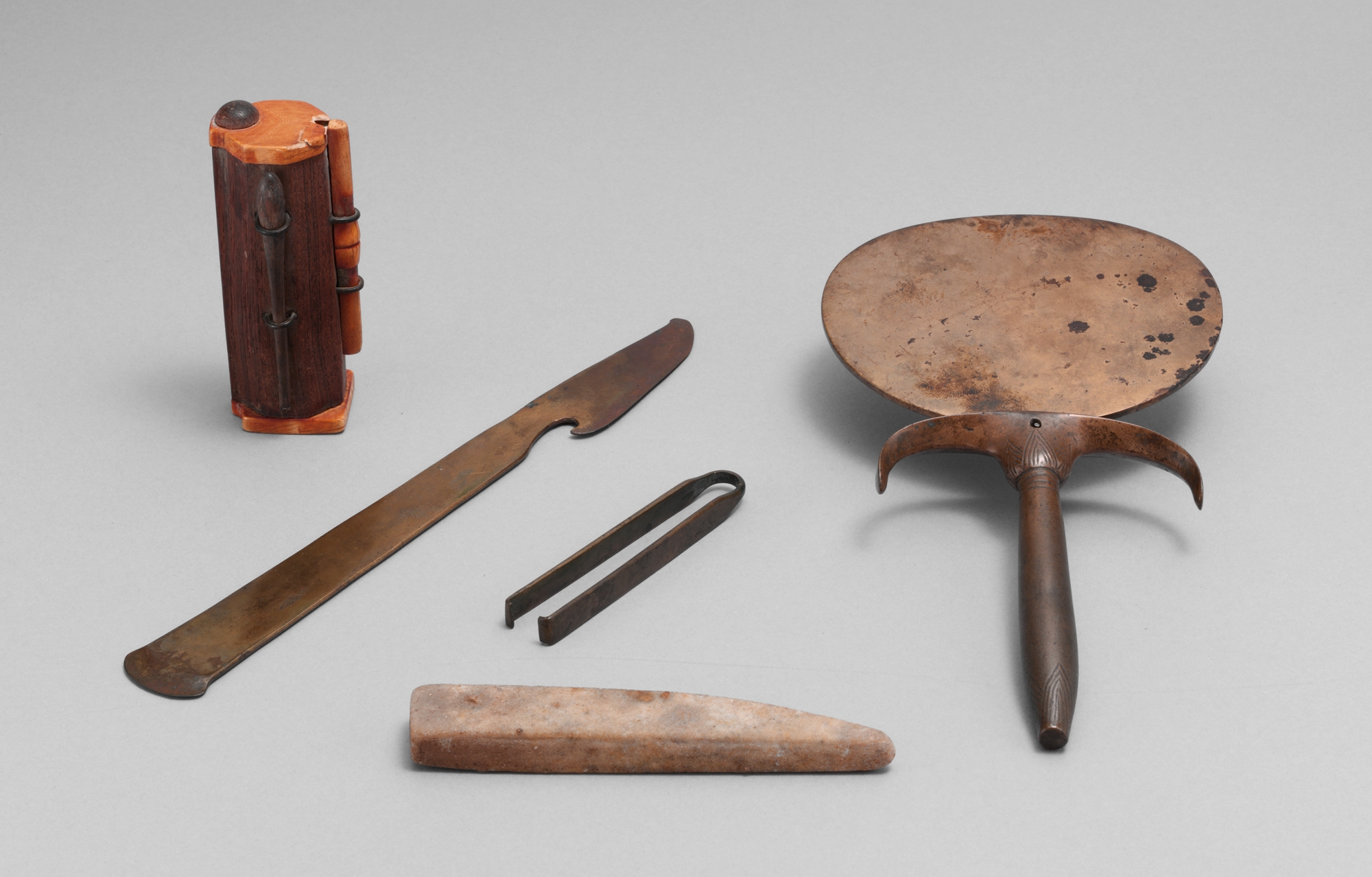
Aucun commentaire: